Naouli | Abdominal massage.

According to yoga and the Oriental medicine Ayurveda, the human body has three components (or three inclinations): kapha (mucus), pitta (bile) and vata (gas), which together are called the three doshas. If they are balanced with each other and correspond to the constitution of the person, the body and mind are in harmony to some extent, which is expressed by good health and well-being. If any dosha is out of balance, then as a result of overheating or insufficient heat in the body there are signs of ill-health. This, in turn, firstly, does not allow practicing effectively, because you constantly have to overcome various diseases of physiological nature. Secondly, unbalanced doshas inevitably affect the work of the mind – provoking it to excessive activity, or plunging it into a lingering despondency. In yoga it is considered that a practitioner should never start to master any serious exercises (pranayam, for example) before any imbalances in the doshas are eliminated, whether it is the amount of excess fat in the body, or mucus blocking the respiratory tract, or gas from the stomach and intestines.
“One in whom there is excess fat or mucus should before (pranayama) perform shatkarma (six purifying techniques).” Hatha Yoga Pradipika. Shloka 21.
In order to bring these components into proper shape, a whole system of special techniques has been developed, which are called Shatkarmas (shat – six, karma – action). The cumulative effect of all shatkarmas on the human body can be summarized in one word – purification. When the body systems are purified, energy can move freely through the body. The human ability to work, think, digest food, taste, feel, experience and so on increases. In addition, greater awareness is developed, the mind is freed from unnecessary disturbances as a result of the practice and thus can better focus and progress towards dhyana (meditative state). It is not surprising that yogis who have attained perfection and know the real limits of human ability value shatkarma very highly.

“Shatkarma practices that purify the body should be kept secret. They produce many miraculous results and are highly prized by outstanding yogis.” Hatha Yoga Pradipika. Shloka 23
Despite the fact that the list of shatkarmas includes very complex exercises that would seem extremely radical, if not bizarre, to the average person, some of them have nevertheless found widespread popularity in modern Western society as well. One such is the Nauli (Sanskrit Nala for “navel thread” or “vessel”, which metaphorically means the rectus abdominis muscles), which our contemporaries refer to as either “wave” or “vacuum”. In fact, this Western slang name well reflects the essence of its performance, i.e. manipulation of the straight abdominal muscles, which visually looks like a movement of some wave in a circle. In the book “Gherandha Samhita” this practice is also called lauliki (Sanskrit lola – “rotation”, “stirring”, “stirring”). As a result, both in Sanskrit and in the Western world, we have approximately the same thing – the rotation of the “navel thread”, which is expressed in the movement of the abdominal muscles in the form of a “wave”.
Among yogis, this technique is considered one of the most powerful for working with the pelvis and abdomen. In fact, there is no part of the human internal system that is not stimulated by Nauli. Manipulating the abdominal muscles, we massage all internal organs, balancing the endocrine system and adjusting the production of sex hormones. The abdominal muscles themselves are also toned – everything that has been stretched is tightened, taking its natural shape and position. The digestive, reproductive and excretory organs are particularly benefited. This is expressed in getting rid of: constipation, indigestion, nervous diarrhea, hyperacidity, flatulence, depression, hormonal, sexual and genitourinary disorders. With this technique, the practitioner can control appetite and sensual desires and strengthen willpower. If this can be achieved, you will experience deep inner satisfaction.
“Nauli is the main purification practice in hatha yoga. It ignites the digestive fire, eliminating digestive disorders, digestive sluggishness and all imbalances in the doshas, and generates a feeling of happiness.” Hatha Yoga Pradipika. Shloka 34.
Mastering technique
Before starting to perform Nauli directly, you should master Uddiyana-Bandha (pulling the abdominal and navel muscles inward, creating a vacuum in the abdominal cavity). If this exercise is quite stable, you can begin to master Nauli step by step.

Stage 1 (vama- and dakshina-nauli or separation of the left and right side of the abdomen)
- Spread your feet 45-60 cm wide. Bend your legs at the knees and rest your hands just above your knees with your thumbs on the inside of your thighs and the other fingers on the outside of your thighs;
- Keep your head up; your eyes should be open;
- Inhale deeply through your nose and exhale quickly through your mouth, slightly puckering your lips;
- Perform jalandhara bandha (throat lock) while holding the external kumhaka (breath hold on exhalation);
- Pull the abdomen and stomach inward by performing uddiyana bandha;
- Lift your right arm slightly above your knee, keeping the weight on your left arm and shoulder, but do not lean to the left side. This will automatically isolate the rectus abdominis muscles in the left side of the abdomen (form a left “tourniquet”);
- Then stop doing uddiyana-bandha, slowly raise your head, stand straight and inhale slowly. This is vama-nauli or separation of the left side of the abdomen.
Practice in the same way on the right side. Hold your right hand over your knee and slightly raise your left hand to isolate the rectus abdominis muscles in the right side of the abdomen. This is dakshina-nauli or isolation of the right side of the abdomen.
Between every two cycles, first release uddiyana-bandha, then jalandhara, raise your head, stand straight, and then exhale very slowly through your nose. Take a few normal inhalations and exhalations before performing the next cycle.
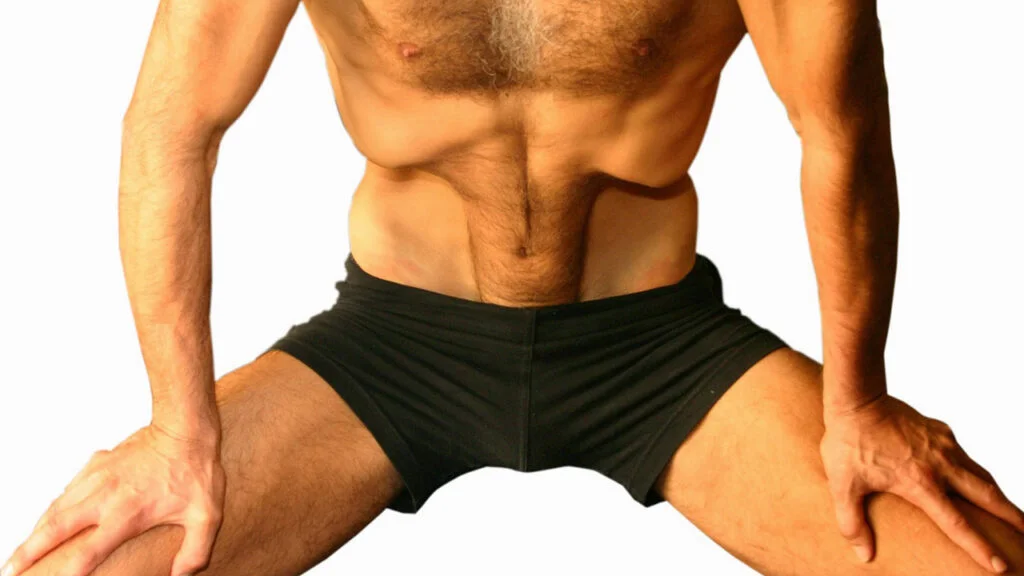
Stage 2 (madhyama-nauli or release of the central abdominal muscles)
After you have learned to successfully isolate the right and left side of the abdomen, it is necessary to learn to isolate the central part of the abdomen as well. To do this, perform Uddiyana Bandha in the usual standing position, resting your hands on your hips, and then focus your attention below the navel and create a force there that some instructors describe as “pulling forward and down”. While the muscles cannot literally “push,” they simply become rigid in this instance. An outside observer, however, will see exactly the “pushing out,” in the form of a release of the central “flagellum” – this would be madhyama-nauli.
If you are not able to perform the middle or side nauli, don’t worry but try doing these exercises every morning on an empty stomach.
Stage 3 (more stable position, without lifting hands from knees)
Practice in the same way as in stages 1 and 2, but learn to control muscle contraction and isolate muscle groups without lifting your hands from your knees. At first, try to perform the exercise by only releasing the pressure of the hand on the leg, but not removing it from the leg. Gradually begin to control the practice so that your hands remain stationary on your hips. Then perform the practice by placing your hands on the tops of your thighs.

Stage 4 (a full version of Nauli – rolling or shaking the muscles)
- Stand in the same position as in technique 1, keeping your hands on your hips above your knees throughout the practice.
- Perform vama nauli, then move the muscles from left to right and then return them to the left.
- Continue to rotate the muscles in a clockwise direction. These actions are called “ shaking”. Start by performing three cycles in succession, then relax.
- In the same way perform dakshina nauli by rotating the muscles counterclockwise.
- When this churning becomes perfect, practice three times vama-nauli, then three times dakshina-nauli, and then relax. Having attained perfection in this, you will be able to perform ten rotations each, then twenty rotations each.
Stage 5 (advanced version of Nauli – in sitting position)
Practice techniques 1 and 2 while sitting in siddhasana or siddha-yoni asana, with the buttocks slightly raised with a cushion. Initially, it will be difficult to control the muscles in the sitting position, so you should first perfect this practice in the standing position.
“Tilt forward, release the abdomen and rapidly rotate (the muscles) from right to left. The Siddhas call this Nauli.” Hatha Yoga Pradipika. Shloka 33
Contraindications
- Heart disease;
- Hypertension;
- Hernias;
- Gastric and duodenal ulcers;
- Gallstones;
- Pregnancy;
- Recent internal injuries or abdominal surgery;
- It is worth refraining from practicing 2-3 days before and after the beginning of the menstrual cycle
Sources used:
- Swami Muktibodhananda. «Хатха-йога Прадипика. Объяснение Хатха-йоги». 2013 г. Деком. Нижний Новгород. 638с.
- David Coulter. «Анатомия Хатха-йоги. Руководство для студентов, преподавателей и практикующих». 2016 г. Постум. Москва. 752с.

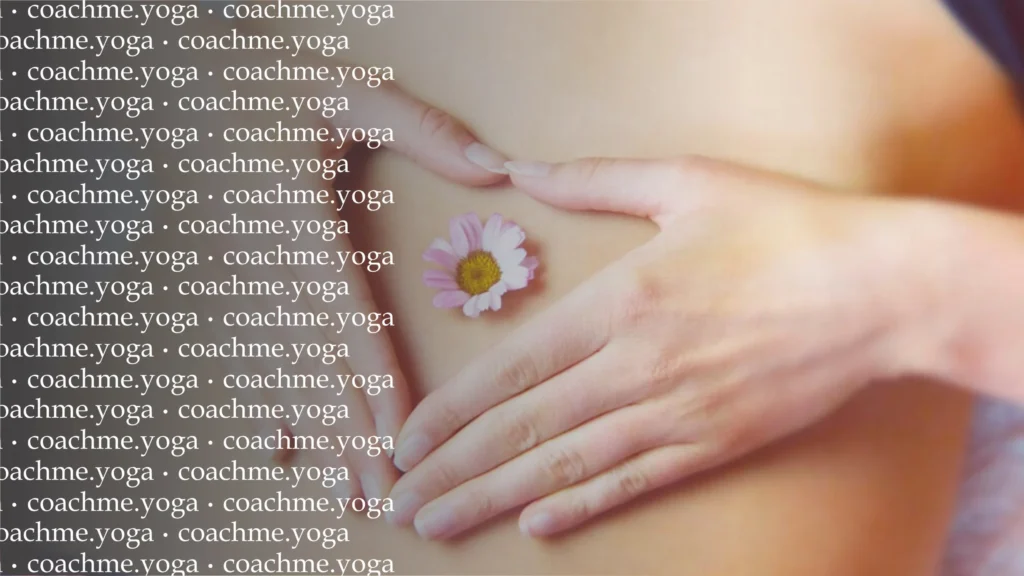

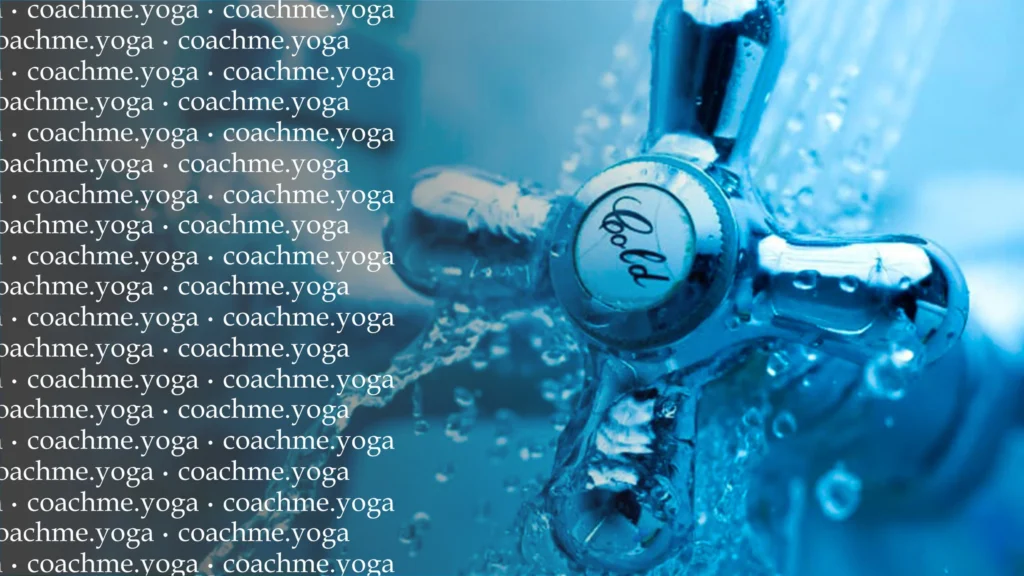
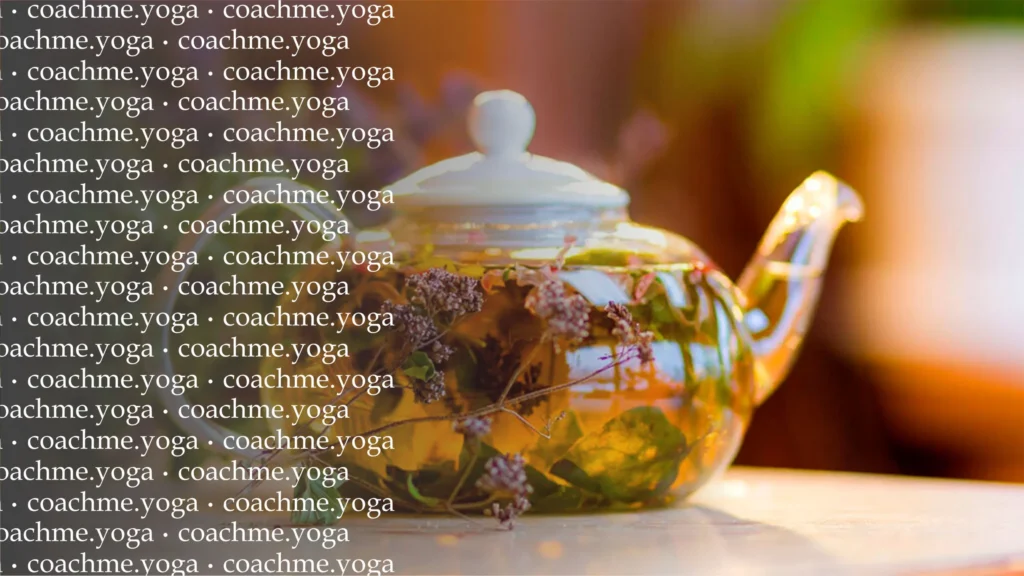
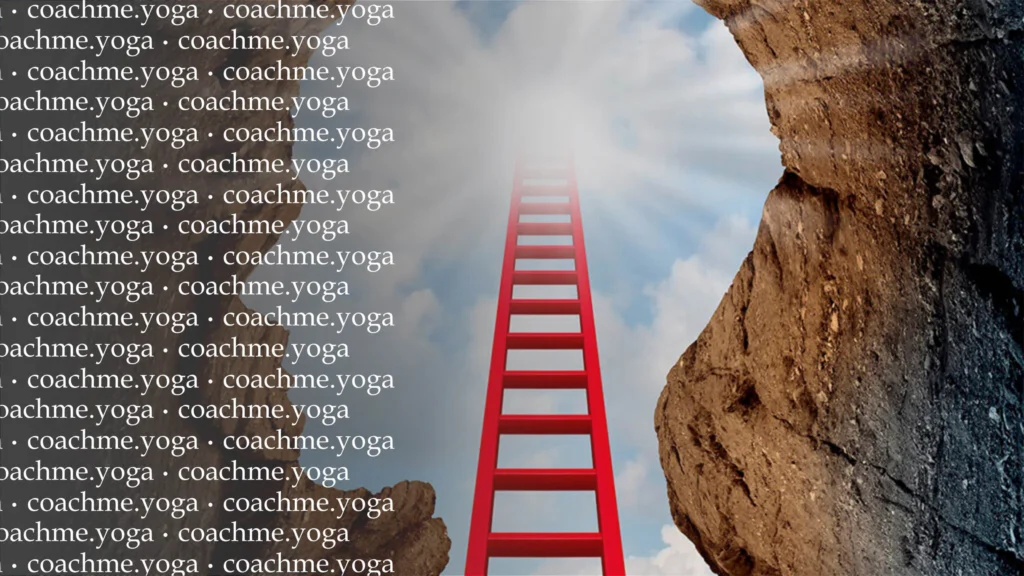
Responses